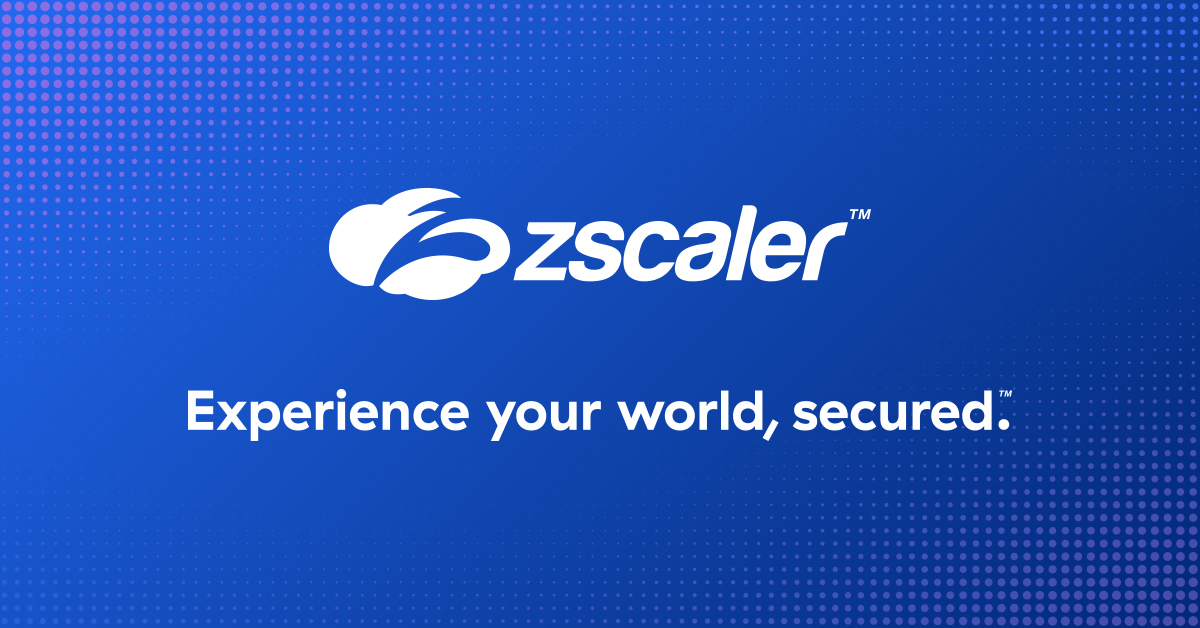Post Content
This blog series has detailed the six key ways that a zero trust architecture can reduce costs for organizations today. While saving money has always been important, it has been particularly critical recently due to COVID-19 lockdowns, supply chain issues, rising inflation, and widespread fear of a recession. This topic is also growing in importance because, amid these challenges, it has become increasingly apparent that perimeter-based network and security architectures waste financial resources in a variety of ways that have been detailed throughout this blog series. A quick summary of these costly problems, and links to prior blogs, can be found below.
Infrastructure and hardware costs
Hub-and-spoke networks and castle-and-moat security models involve amassing ever-growing stacks of hardware appliances. But this means repeatedly incurring large, rigid, upfront capital expenditures, or CapEx (not to mention the cost of private connections like MPLS).
When organizations build complex, appliance-based architectures, ongoing maintenance takes a great deal of time and, as such, is highly expensive. Similarly, overseeing dozens of disjointed dashboards for security point products wastes admin time and enterprise resources.
When connectivity and security revolve around network access, M&A activity typically involves integrating the two entities’ networks. But the complexity and scope creep of this task extend timelines, delay the desired benefits of M&A, and lead to skyrocketing costs.
The rising costs of data breaches
When an organization is breached, it creates a slew of costs stemming from remediation processes, fines and fees, brand damage, and more. Unfortunately, yesterday’s architectures leave organizations vulnerable to breaches by expanding the attack surface, enabling compromise, and permitting lateral threat movement.
Backhauling traffic adds latency and harms user experiences, and traditional monitoring tools optimized for data centers don’t give end-to-end visibility across remote users and cloud apps. This wastes time for users and help desk teams, which ultimately wastes money for the company.
Ever-expanding stacks of hardware appliances mean ever-increasing amounts of electricity are needed to keep them running and to keep them from overheating. In addition to expanding an organization’s carbon footprint, these energy requirements lead to ballooning power bills.
So, how is anyone to overcome all of these costly challenges?
Zero trust architecture
Zero trust is not just a security capability–it refers to an architecture that is fundamentally different from yesterday’s perimeter-based approach. With zero trust, organizations the world over are solving the resource-wasting problems of old-school architectures and are systematically reducing costs as a result. Watch the below video to learn how a zero trust architecture can empower your company to do the same.















